For the first time, Mercedes-Benz opens the doors of its intelligent megafactory to the national media. We were visiting Factory 56, an immense production plant in Sindelfingen (near Stuttgart) where they work 35,000 people and covering an area of 3 square kilometers. The thing that surprised us the most? Few robots are at the service of workers.
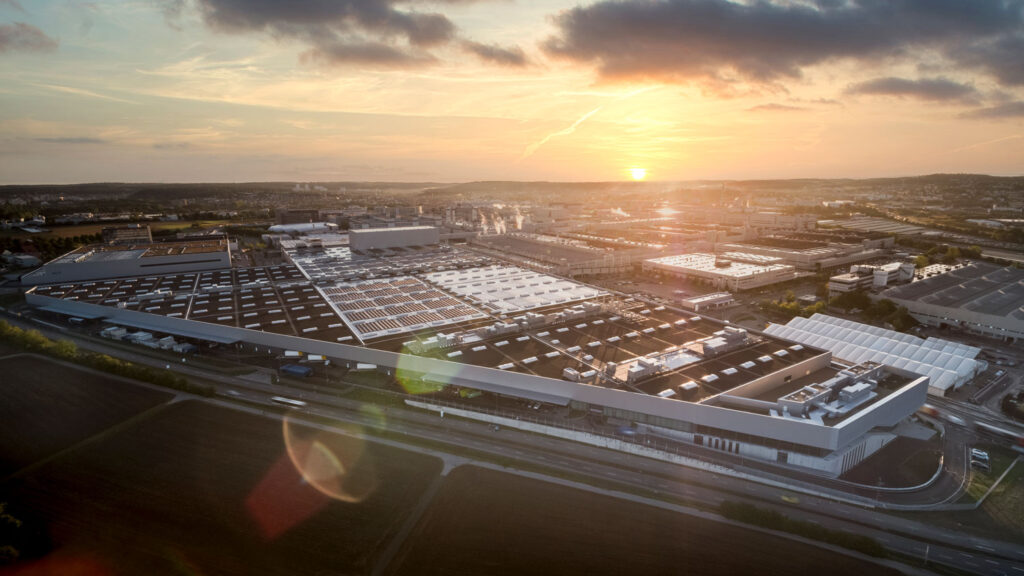 Aerial view of Factory 56
Aerial view of Factory 56
Factory 56, the flexible megafactory
Factory 56 has the right numbers to be a record-breaking megafactory: 35,000 employees, 240,000 cars produced in 2022 on a surface area of 3 million square metres. Total investment? 730 million Euros. The production plant – whose construction began in 2018 and ended in 2020 – is dedicated to luxury vehicles from Mercedes-Benz. This is where the S Class Sedan and Longversion, the S Class Maybach, the EQS, the E Class Sedan, the All Terrain and the T-Modell GLC were created. Obviously in all existing engines. And this is precisely what is incredible: the mixed production line it allows the assembly of first a full electric, then a plug-in hybrid and then an AMG V8.
That’s right, there are no separate production lines for each of the eight models. As soon as the customer signs the purchase contract, production of the vehicle begins in an almost random order. Mercedes-Benz is not the only car manufacturer to have mixed production lines: now all manufacturers are going in that direction to be able to cope with a market increasingly accustomed to (even extreme) customization and changing geopolitical conditions.
It’s really a shame that we can’t show you our original images – because a cutting-edge system like this would also have deserved an in-depth video – but we were forbidden to take photos and videos. So you will have to rely exclusively on our story.
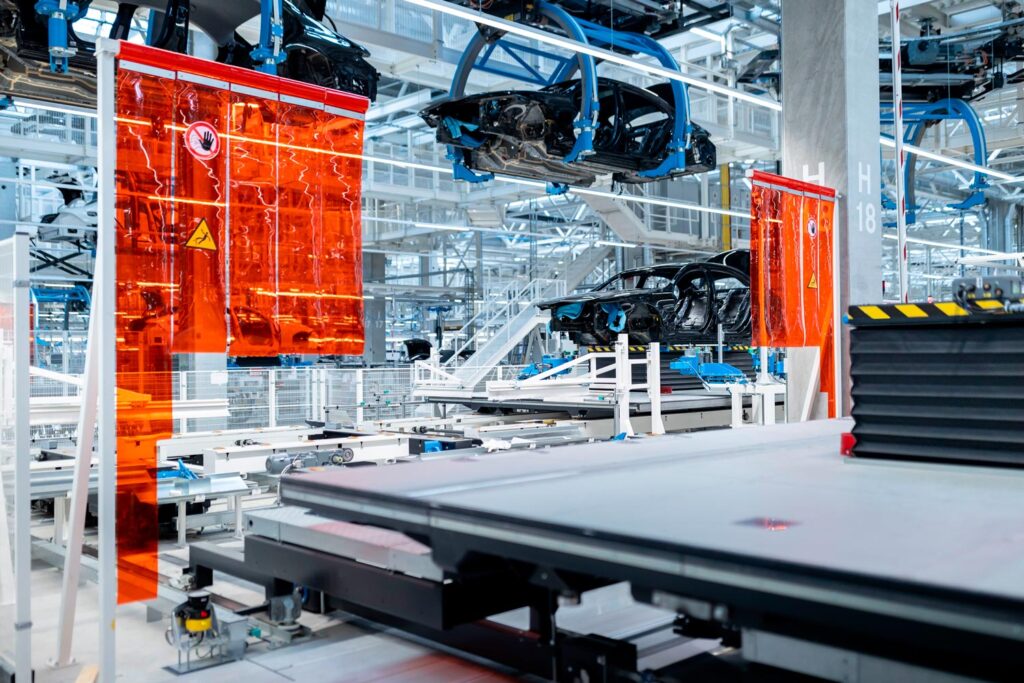
Factory 56 is one flexible megafactorycapable of adapting to customer orders, is paperless (workers don’t have sheets and pieces of paper to pass from one assembly station to another) because there are all the cars equipped with a barcode scannable with a smartphone worn on the wrist.
Once scanned, the barcode reveals itself for what it is: a virtual “passport” that indicates which market it is intended for (we have come across several dedicated to the Chinese and US markets), they know what the customizations are, the motorization and many other useful information for assembly purposes. This operation allows you to save 10 thousand tons of paper every year.
Knowing whether the car is destined for the US market is very important information for quality control: for example, cars sold overseas must have a button in the trunk that allows it to be opened from the inside in case of… kidnappings. No, we’re not joking.
Knowing the destination of the vehicle allows those who are working on quality control to better verify that the car complies with all the regulations of the destination country.
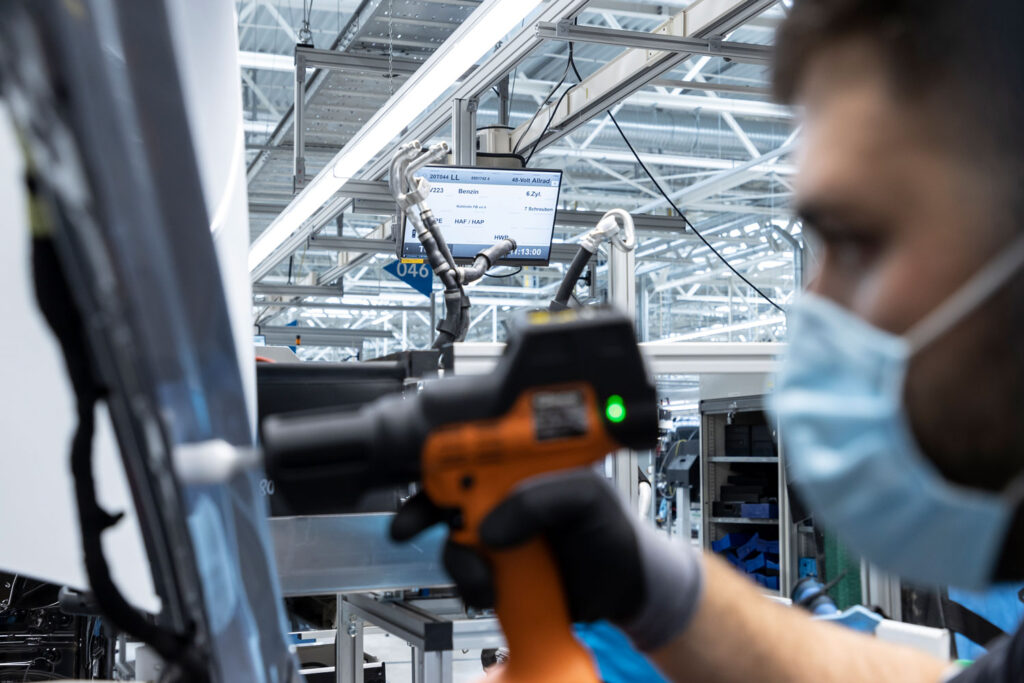 The monitors show the “digital passport” of the cars in production
The monitors show the “digital passport” of the cars in production
In order to make this process feasible, the factory is completely connected with both cable networks and a widespread 5G network. In the assembly line – raising your head – you notice Ubisense devices positioned almost everywhere. These detectors allow workers to locate the tightening tools required during the assembly process and view the information needed for a particular vehicle. In this way, only the tools that are actually useful for working on the vehicle are activated, supporting the collaborator in an optimal manner during the assembly process.
The megafactory without robots, or almost so
If for example – a smartphone factory like the OPPO one that we saw in China a few weeks ago is highly automated – Factory 56 has minimal automation and what there is, was designed to assist workers. Any examples?
The only robots they showed us are robotic arms capable of measuring bodywork couplings with great precision (do you know those cracks between the front and rear doors, or between the front bumper and the bonnet?). This data ends up on monitors and if the number is red it means that something went wrong during assembly. At that point the workers intervene and correct the distances manually.
Other robot arms lift the cars and rotate them into a diagonal position so that those who have to work on the bottom of the car do not have to strain their neck and back: simply by positioning themselves next to the car they can work standing from a comfortable position. Those with back pain or older workers can decide to work even while sitting by simply correcting the inclination of the car.
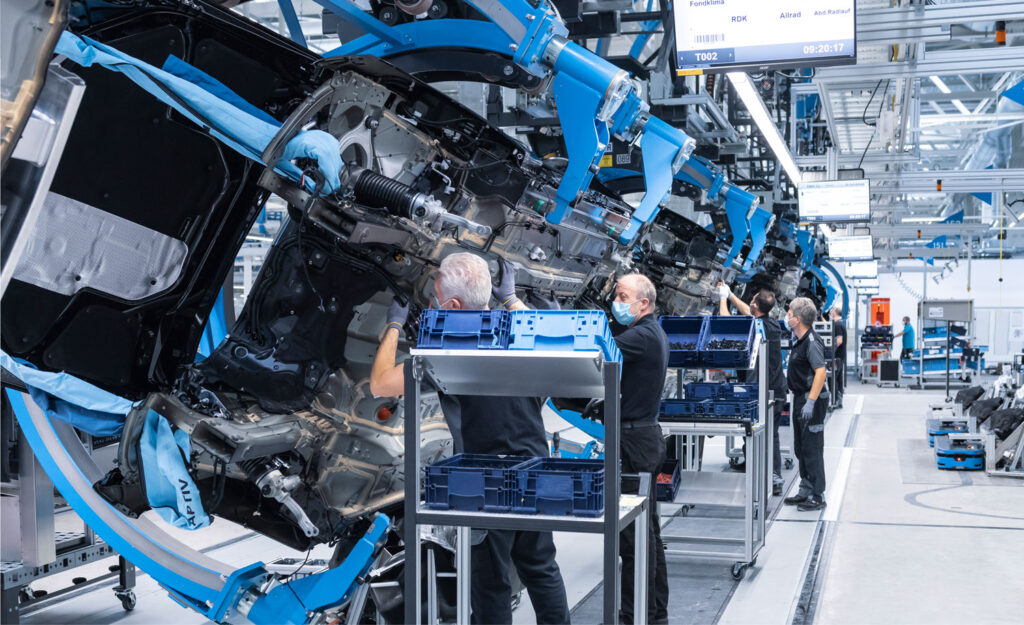 Robotic arms tilt the cars
Robotic arms tilt the cars
What they didn’t show us firsthand are the robots that do the heavy lifting: the ones that lift the windshields and panoramic roofs to place them on the car’s chassis. In the Mercedes-Benz philosophy, robots must not replace the worker but must only help him to facilitate the heaviest and most tiring tasks.
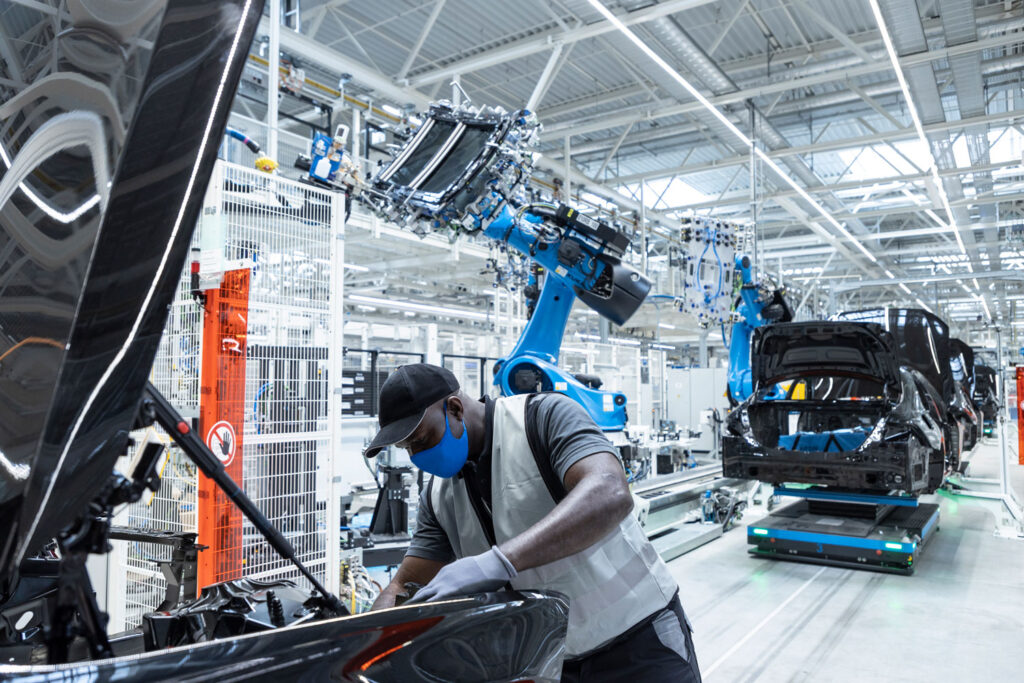 Robot arms that perform heavy tasks such as moving and assembling a panoramic glass sunroof
Robot arms that perform heavy tasks such as moving and assembling a panoramic glass sunroof
The rest of the automation consists of 400 AVG, little robots that run around the factory, following magnetic stripes positioned on the ground. These robots – which, so to speak, resemble vacuum cleaners on steroids – carry with them trolleys full of spare material, objects from the warehouse or even entire bumpers. Obviously if they encounter obstacles – such as intruders like us – they stop and then leave for their destination.
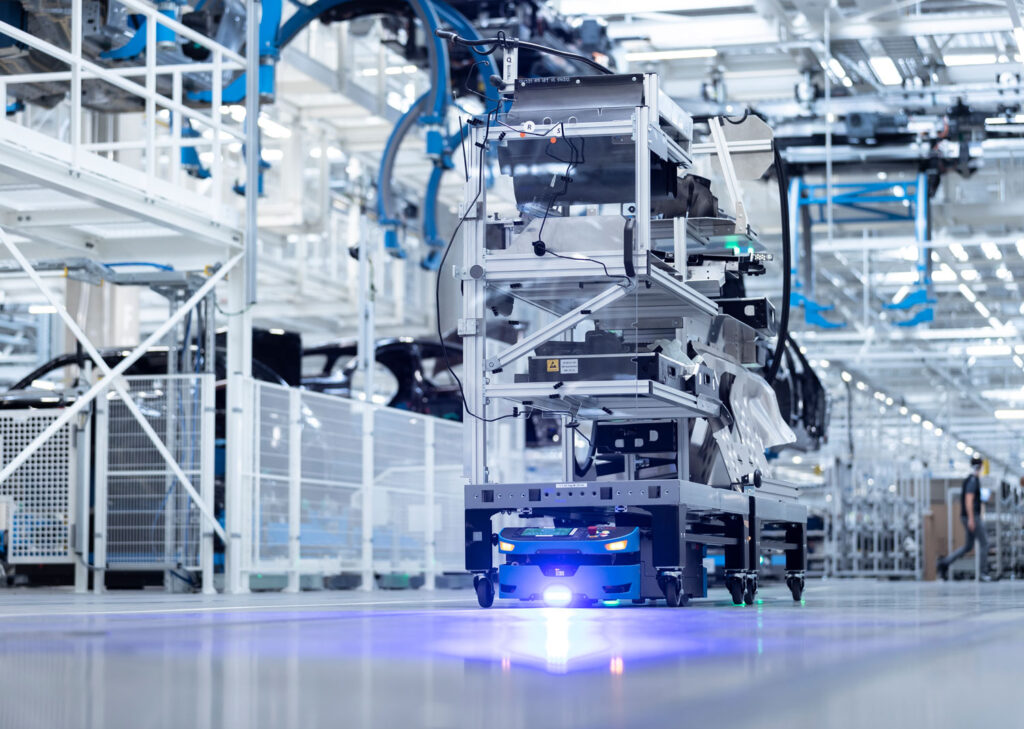 One of 40 autonomous AGVs
One of 40 autonomous AGVs
Drive away alienation
For the rest, what we saw was an extremely clean, airy environment, with windows on the roof to facilitate the entry of natural light because here the workers have a lot of manual and precision work to do. Along the production line (more precisely in the quality control station) we have spotted numerous tables, chairs and sofas to make the environment more pleasant and to rest if there is a possibility.
One of the processes that surprised us the most is the so-called “Fullflex Marriage”. This is the operation of connecting the vehicle body to the traction system. In plant 56, this
“matrimonio” is made up of several modular stations and allows you to carry out very rapid work. Just to be clear, assembling the bodywork to the traction system of a Mercedes-Benz EQS takes just 50 seconds: 10 screws tightened manually by a worker and 56 automatically.
The factory does not work 24 hours a day or even 7 days a week. THE shifts are 2 per day eh weekends he rests to encourage a peaceful life outside of work. We tried to ask how many workers there are per shift and we were told by Mercedes-Benz that they do not release this type of data. Among the employees we also saw a few women. Also in this case we tried to ask what the percentage of female workers was on the production line but they didn’t have a certain figure at the time. They reserve the right to let us know.
On the production line we heard various languages from different parts of the world. They told us that people of more than 50 different nationalities work here.
Another important activity to combat employee alienation within Factory 56 is the so-called job rotation: employees, during a working day, perform different tasks in order to make the work more humane, less repetitive and less subject to errors.
 Factory 56 has a photovoltaic system of 12 thousand panels
Factory 56 has a photovoltaic system of 12 thousand panels
The energy efficiency of Factory 56
The roof of Factory 56 is dotted with more than 12 thousand photovoltaic panels able to satisfy the 30% of the system’s annual energy requirement. In order to store the self-produced – and excess – energy, an energy storage system was also set up (with a capacity of 1400 kWh) using end-of-life electric vehicle batteries.
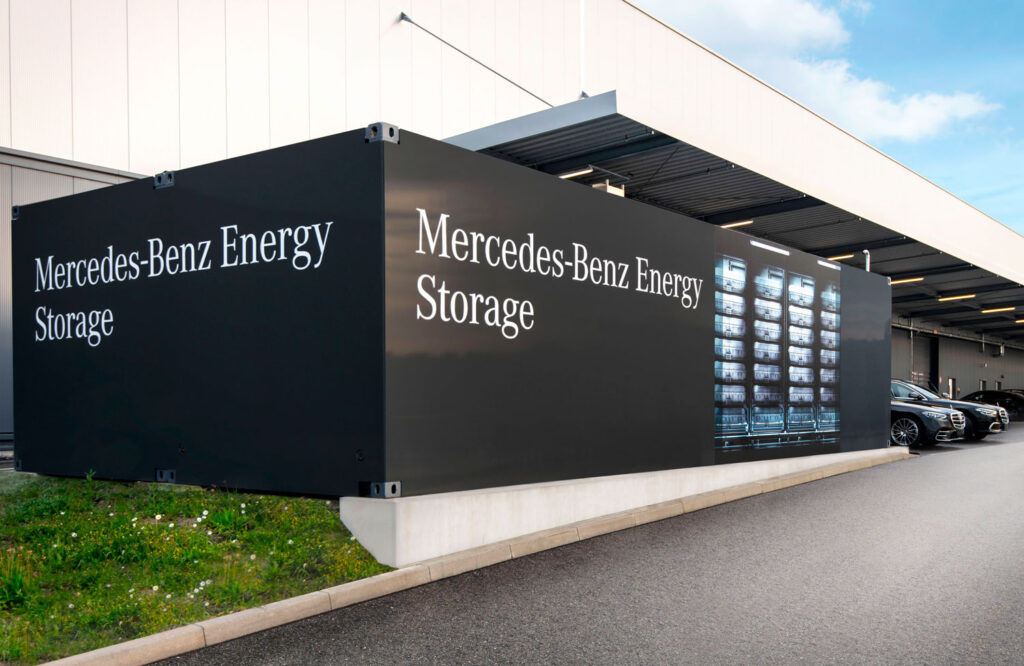
Factory 56 is the flagship of Mercedes-Benz’s 4.0 factories. This same innovative model will then be gradually applied to the other factories of the Stuttgart giant.
I have had the opportunity to visit various factories recently, in Europe and Asia and I must say that – like Factory 56 – I have seen very few. In what we now call megafactories, alienation is the first thing you perceive… you don’t need to see it, you can’t disguise it because it’s noticeable. Here alienation is being done in every way to keep it away.






![Factory 56: la megafabbrica di Mercedes-Benz con al centro il lavoro umano [reportage] thumbnail](https://techgameworld.com/wp-content/uploads/2023/12/1701557618_Factory-56-the-Mercedes-Benz-megafactory-with-human-work-at-its.jpg)





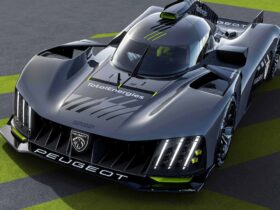
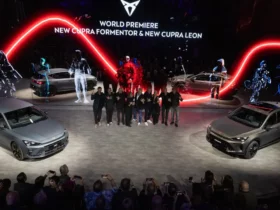


Leave a Reply
View Comments